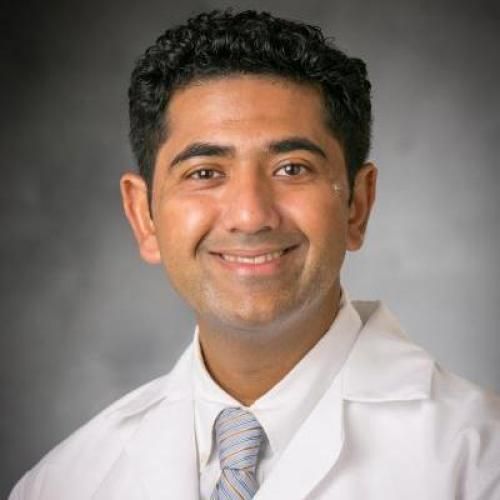
Causal inference in perioperative medicine observational research: part 2, advanced methods.
Although RCTs represent the gold standard in clinical research, most clinical questions cannot be answered using this technique, because of ethical considerations, time, and cost. The goal of observational research in clinical medicine is to gain insight into the relationship between a clinical exposure and patient outcome, in the absence of evidence from RCTs. Observational research offers additional benefit when compared with data from RCTs: the conclusions are often more generalisable to a heterogenous population, which may be of greater value to everyday clinical practice. In Part 2 of this methods series, we will introduce the reader to several advanced methods for supporting the case for causality between an exposure and outcome, including: mediation analysis, natural experiments, and joint effects methods.
Duke Scholars
Altmetric Attention Stats
Dimensions Citation Stats
Published In
DOI
EISSN
Publication Date
Volume
Issue
Start / End Page
Location
Related Subject Headings
- Perioperative Medicine
- Observational Studies as Topic
- Humans
- Biomedical Research
- Anesthesiology
- 3202 Clinical sciences
- 1103 Clinical Sciences
Citation

Published In
DOI
EISSN
Publication Date
Volume
Issue
Start / End Page
Location
Related Subject Headings
- Perioperative Medicine
- Observational Studies as Topic
- Humans
- Biomedical Research
- Anesthesiology
- 3202 Clinical sciences
- 1103 Clinical Sciences



